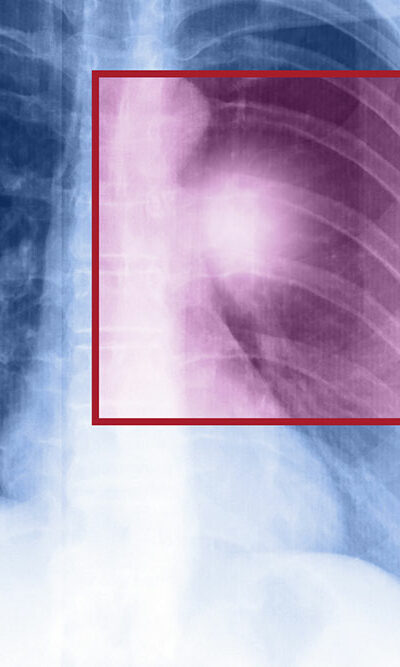
Foods that can cause digestive troubles
People should get tested for food allergies to eliminate foods that could leave them with compromised digestive systems. Those who have recently suffered an infection or have been recommended powerful treatment can also experience changes in their gut microbiota. It is yet another case where digestive problems can arise. Some common signs of poor digestive function include difficulty swallowing, painful swallowing, or chest pain while eating. Individuals with digestive trouble must avoid trigger foods. Processed foods Fiber helps regulate the digestive system. Processed foods are not only low in fiber but also high in salts, preservatives, and food coloring. It makes things difficult for people with sensitive stomachs. Fiber deficiency leads to increased constipation, while the additives cause issues like gas, bloating, indigestion, and acid reflux. Artificial sweeteners Foods and beverages prepared with artificial sweeteners cause a change in the body’s natural gut bacteria. This can lead to gastrointestinal tract problems. Sugar-free drinks, candies, and gums are the best examples. They are loaded with refined sugar alternatives like xylitol, maltitol, and sorbitol, which cause gas, bloating, and other digestive and laxative effects. They can also cause the body to produce more acid than it needs, leading to stomach ulcers. Spicy foods Although spices are believed to help with digestion, they can trigger digestive problems in people with sensitive stomachs. High amounts of spices or heat can cause acid reflux and heartburn. Therefore, avoiding foods that stimulate the digestive tract is essential. Dairy Research has shown that milk and milk products are common inflammatory foods. While dairy is essential, the problem arises when it is made a part of daily meals. Some might not be lactose intolerant, but their stomach presents sensitivity to milk compounds. Prolonged digestive tract inflammation can lead to problems like a damaged stomach lining. People with a condition called eosinophilic esophagitis experience symptoms similar to an allergy after eating trigger foods.










